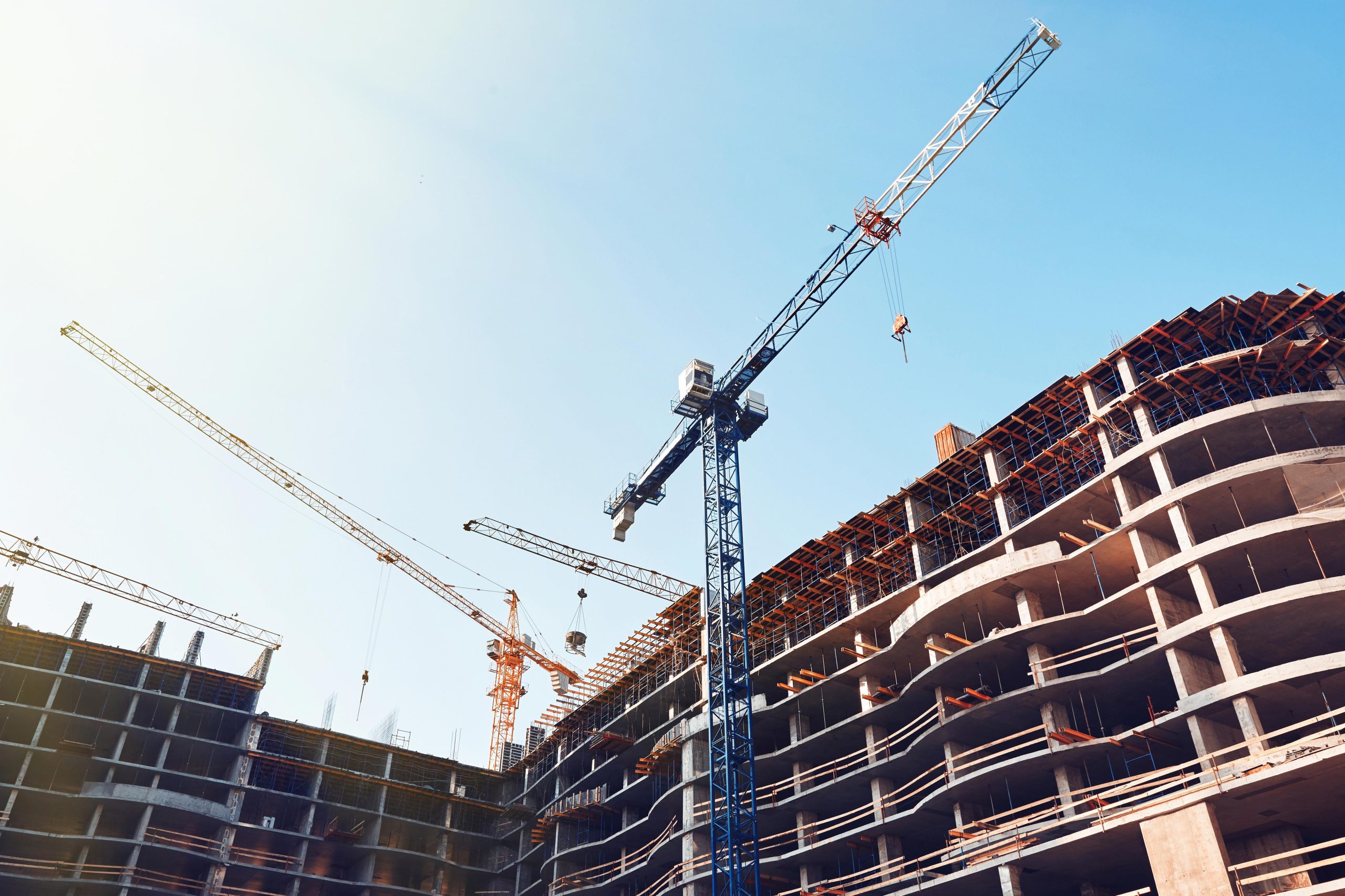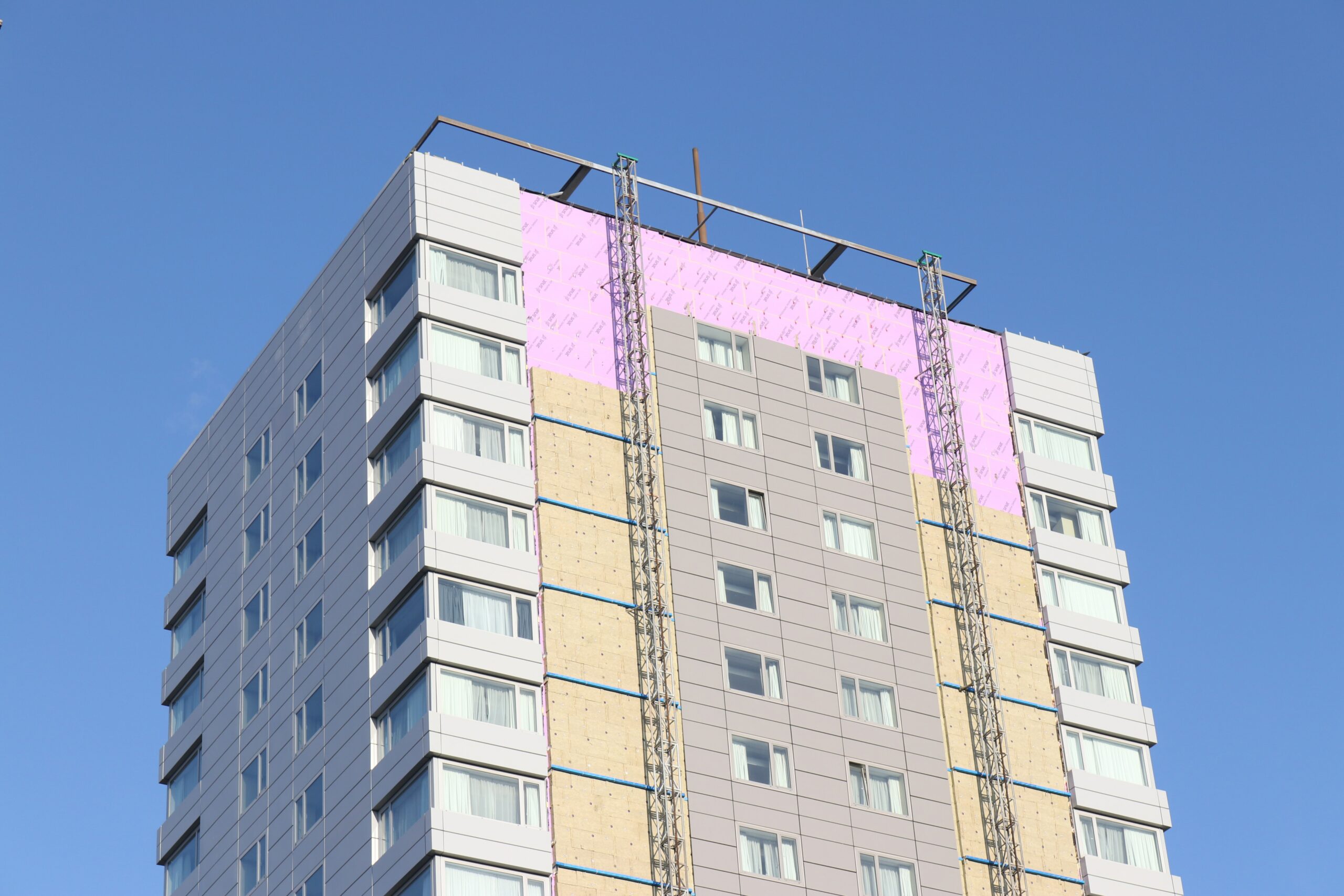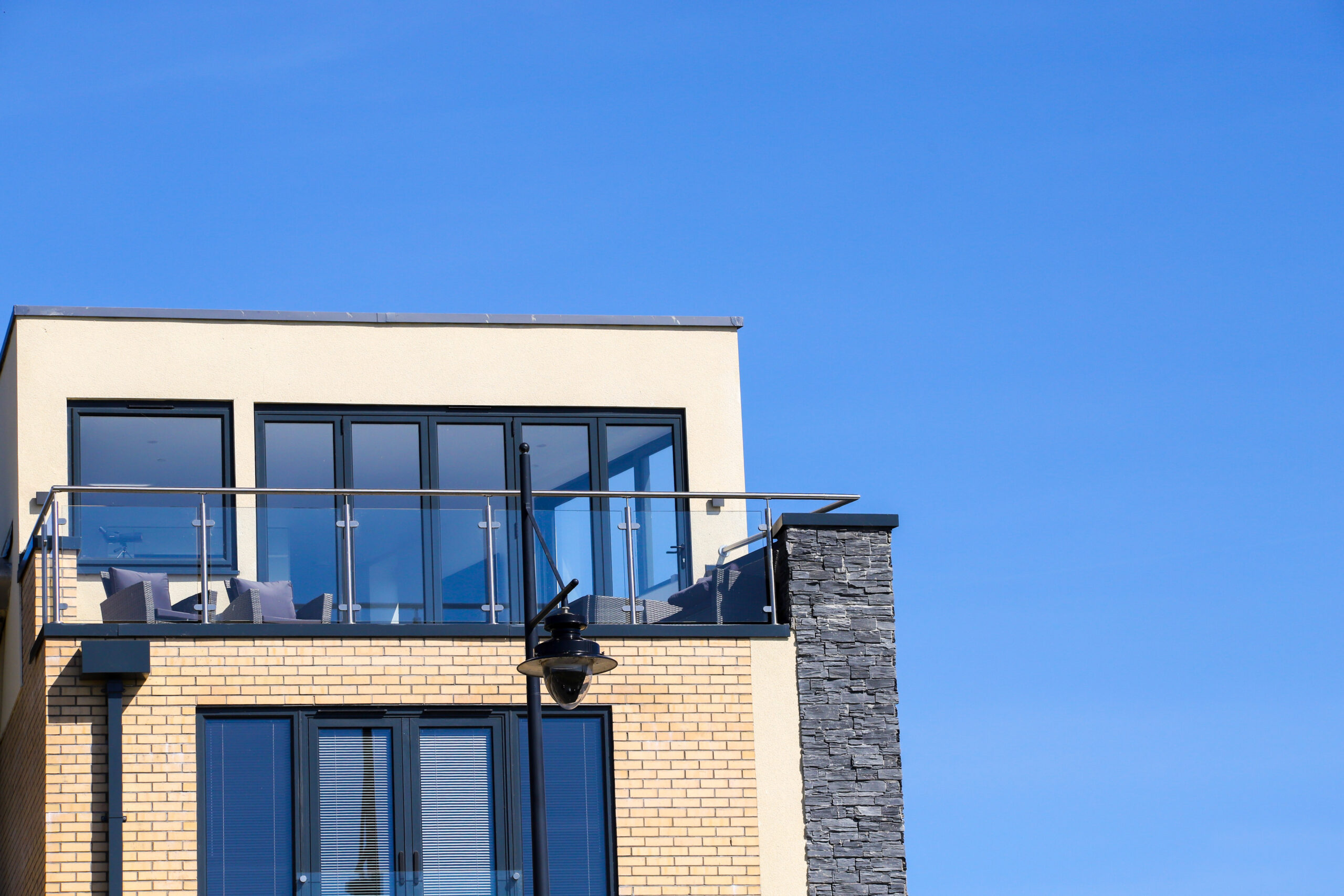Cladding and fire safety matters remain in the news across both the block management and mainstream media.
Jeremy Weaver, head of litigation at Brady Solicitors assesses some of the recent developments including the rejected amendments to the Fire Safety Bill and evidence of Courts taking a pragmatic view to time-barred cladding claims.
The national cost of fire safety works – including the removal of unsafe combustible cladding – is estimated to be in the region of £16 billion.
So far, the government has committed just over £5 billion to remove combustible cladding on buildings taller than 18 metres and has introduced a tax on housing developers that aims to raise £2 billion over the next 10 years.
The fund does not cover other fire safety works, such as sprinkler systems, fire doors, fire breaks or installing safer balconies (save where cladding that needs to be replaced is integral to the balconies). These costs can be as high as the cladding removal. Additionally, as has been much discussed in the media, the fund does not cover ‘low-rise’ buildings that are below 18 metres in height. In these developments, leaseholders have access to a loan, capped at £50 per month, to fund the repairs.
All of which leaves a significant shortfall in meeting fire safety costs and ongoing uncertainty over who is liable to pay.
Amendments to the Fire Safety Bill rejected
On 28 April 2021, the House of Lords proposed amendments to the Fire Safety Bill that would protect leaseholders from having to cover the costs of fire safety works in excess of £500.
The government voted against the amendment.
Building owners, leaseholders and their managing agents therefore remain in the same difficult position when it comes to meeting fire safety costs that fall outside of the government’s £5 billion fund for cladding removal on tall buildings.
Freeholders are having to pursue leaseholders through the service charge for the costs of fire safety works, yet many leaseholders are simply unable to pay.
In response to the defeated amendment, the Housing Communities and Local Government Committee has called for a ‘Comprehensive Building Safety Fund’ for all fire safety defects (not just cladding remediation), with finance provided by the government and the building industry.
The Committee recommends that the fund is open to all buildings with fire safety issues, with priority given to where residents are most at risk – regardless of the height of the building. It has also called for the loan scheme to be abolished.
We shall be watching developments closely and will keep you informed.
In the meantime, a growing number of building owners are taking civil action against those responsible for the installation of combustible cladding.
Much of the cladding we see on residential buildings was installed in the early 2000’s and, for many developments, this timeframe means that claims may be ‘time-barred’ and outside of the time period in which a claim can be brought.
Time-barred cladding claims – how are the courts dealing with them?
The time limit has been tested in a number of recent cases and we have been pleased to see the Courts taking a broader and more flexible view over limitation periods for cladding claims. The most recent example has been the case of Martlet Homes v Mullaley, concerning five high rise blocks in Hampshire, where cladding was installed between 2005 and 2008.
In Martlet v Mullaley, the Technology and Construction Court (TCC) allowed an amended combustible cladding claim after the limitation period.
To explain the timeframe, Martlet brought a claim against Mullaley & Co, installers of the cladding, a few days before the limitation period expired. The claim was for negligence and breach of contract, with damages of around £8 million for fire safety work including removing the cladding and the costs of a waking watch.
In its defence and submissions, Mullaley admitted some breaches but denied any loss, arguing that Martlet – as building owner – had to replace the cladding in any event.
Martlet then served new Particulars of Claim with an additional case that the cladding used by Mullaley did not comply with Building Regulations.
By now, the limitation period for bringing a new claim was well expired and Mullaley applied to strike it out.
The TCC however allowed the claim on the basis that the new claim arose out of the existing facts that were already in issue.
What does this more pragmatic approach to time limits mean for cladding claims?
Our view at Brady Solicitors is that we can take encouragement from this and similar cases, that future civil claims will be able to be brought against the cladding companies and developers even if they would appear, on the facts, to be time-barred.
It is important to stress though that, in the Martlet v Mullaley case, a claim had been issued in time and the claimant was seeking to amend the claim outside the limitation period.
It is still essential that a claim is issued within the relevant limitation period or relief may not be available.
Some freeholders and managing agents may be waiting for the outcome of the Grenfell Tower Inquiry before taking action, in the realistic hope that the Inquiry will bring some clarity into who is liable to pay. However, if you own or manage a building with combustible cladding and/or other fire safety issues we recommend you build your case as early as possible against the companies responsible for the works.
In the meantime, we remain in the same position as before, with building owners needing to fund essential works through leaseholder service charge contributions.





